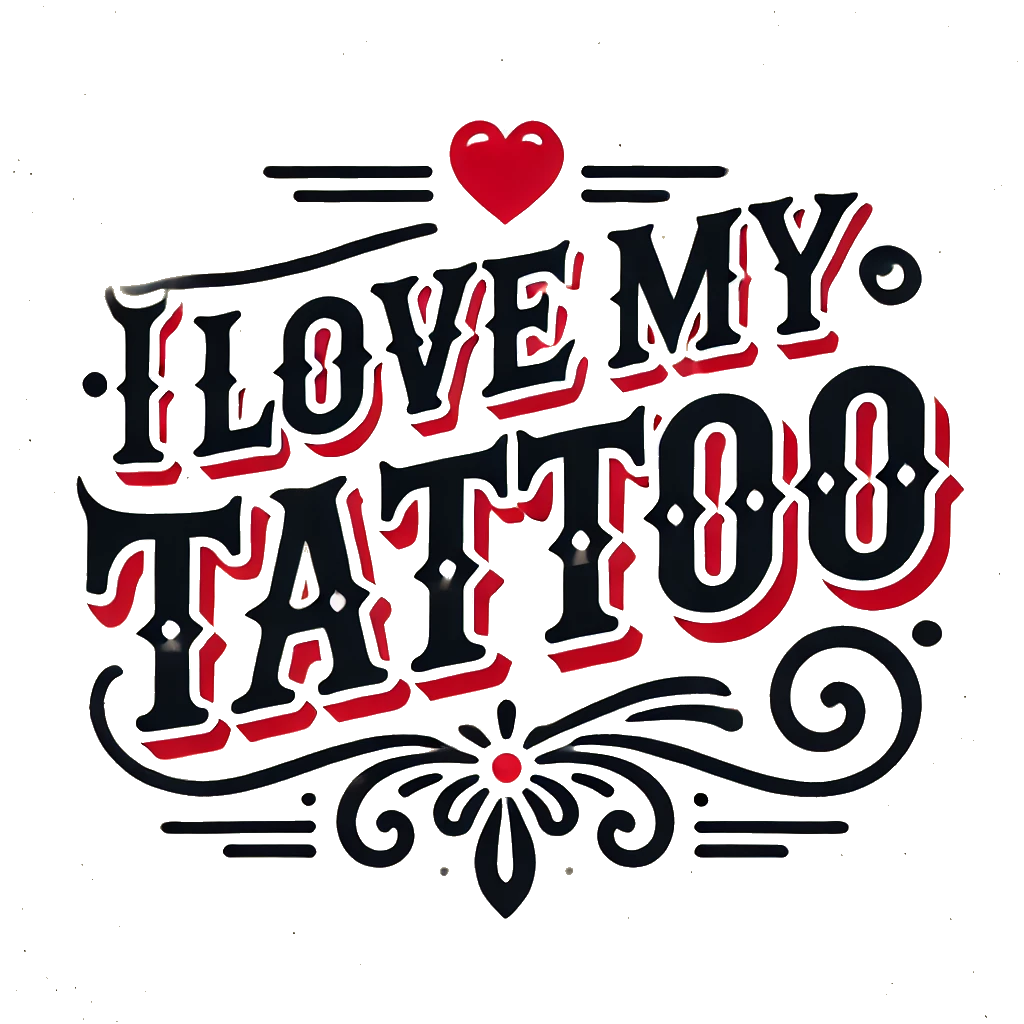Tattooing is an ancient art form that has been practiced by various cultures around the world for thousands of years. The techniques and tools used in tattooing have evolved over time, with each culture developing its own unique methods. In this article, we will explore some of the ancient tattooing techniques used by different civilizations throughout history.
One of the oldest known forms of tattooing is hand-tapping, also known as stick-and-poke tattooing. This technique involves using a sharp tool, such as a bone or metal needle, to manually puncture the skin and deposit ink into the dermis layer. Hand-tapping was commonly practiced by indigenous tribes in regions such as Polynesia, Southeast Asia, and North America. These tattoos were often symbolic and held spiritual significance within the community.
Another ancient tattooing technique is skin stitching, which was practiced by various cultures in Africa and Oceania. Skin stitching involves using a needle and thread to sew pigments or natural dyes into the skin. This method allowed for intricate designs to be created on the body, with patterns ranging from geometric shapes to elaborate motifs inspired by nature.
In ancient Egypt, tattooing was primarily done using a technique called hand-poking. This involved using a sharp implement to puncture the skin and insert ink made from natural materials like soot or plant extracts. Egyptian tattoos were often worn as symbols of status or protection, with designs depicting gods, animals, or hieroglyphs.
In Japan, traditional tattooing techniques such as tebori have been practiced for centuries. Tebori involves using a hand-held tool with multiple needles attached to manually create intricate designs on the skin. Japanese tattoos, known as irezumi, are highly detailed and often cover large areas of the body. These tattoos were historically associated with criminal gangs but have since become popular as decorative body art.
Overall, ancient tattooing techniques varied widely across different cultures and regions, each with its own set of tools and practices. While modern tattooing methods have become more standardized and technologically advanced, these traditional techniques continue to inspire contemporary artists seeking to honor the rich history of tattoo artistry.



